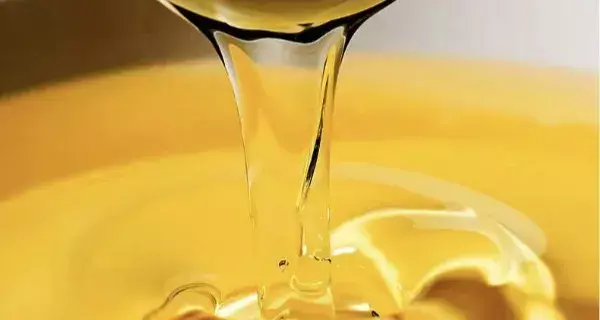How is PIBSA made?
Time:
2025-10-24
what is the PIBSA?
PIBSA stands for Polyisobutylene Succinic Anhydride. It is produced by heating polyisobutylene (typically high-activity polyisobutylene) to 210-230°C/ under 0.5-1.0 MPa pressure. This process requires no catalysts and contains no diluents or base oils, resulting in exceptionally high purity. By adjusting the molecular weight of the polyisobutylene feedstock, PIBSA with varying molecular weights can be produced. So, what properties does PIBSA exhibit?

How is PIBSA made?
First, we know PIBSA functions as an emulsifier—its most critical characteristic. Emulsifiers are typically additives in metalworking fluids that balance oil and water interactions. Here, the concept of HLB value is introduced: HLB represents the hydrophilic-lipophilic balance of an emulsifier. A lower HLB value indicates stronger emulsifying power, enabling easier emulsification upon water contact—forming a milky emulsion—while a higher value resists emulsification. Similarly, as an emulsifier, PIBSA also possesses an HLB value. As mentioned earlier, PIBSA comes in different molecular weights, typically 450/680/750/1000, etc. A higher molecular weight corresponds to a higher HLB value, resulting in poorer emulsifying ability, and vice versa.

Pibsa emulsifiers for explosives
Another application of PIBSA as an emulsifier is in explosive emulsions. Compared to traditional sorbitan ester emulsifiers, the high reactivity of the raw material polyisobutylene enables PIBSA-based products to exhibit superior performance and extended shelf life. Furthermore, the manufacturing process requires no catalysts, resulting in fewer byproducts and no chlorine content, thereby maintaining the stability of ammonium-based explosive emulsions.
Lubricant additives
As a high-molecular-weight polymer, PIBSA's unique structure enables its terminal groups to react with other compounds. For instance, it reacts with polyethylene polyamine to synthesize polyisobutylene succinimide. This serves as a crucial lubricant additive. Functioning as a dispersant when incorporated into lubricants, it disperses contaminants or impurities generated by prolonged high-temperature oxidation or introduced from the environment. It reduces and prevents the formation of deposits on surfaces within lubrication systems and components, maintaining system cleanliness and effectively extending operational lifespan.

Previous page
Next page
Previous page
Next page
PRODUCTS CENTER
MORE BLOG
2025-10-29
2025-10-24
2025-10-17
2025-10-14
2025-10-13
CheMost
CheMost Additives CO.,LTD
ADDRESS: CheMost Additives CO.,LTD, Jinzhou city, Liaoning provice, China
To learn more about CheMost, please click the button to contact us anytime.
Get product catalogCopyright© 2025 CheMost Additives CO.,LTD
Website:300.cn jinzhou.300.cn | SEO | Privacy Policy






